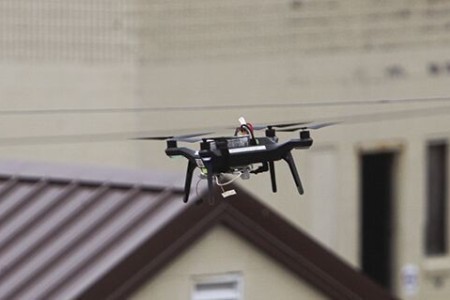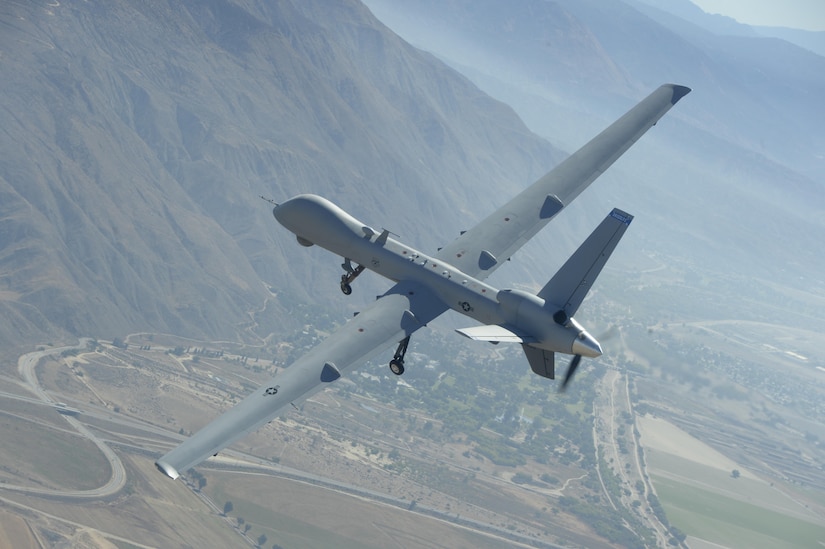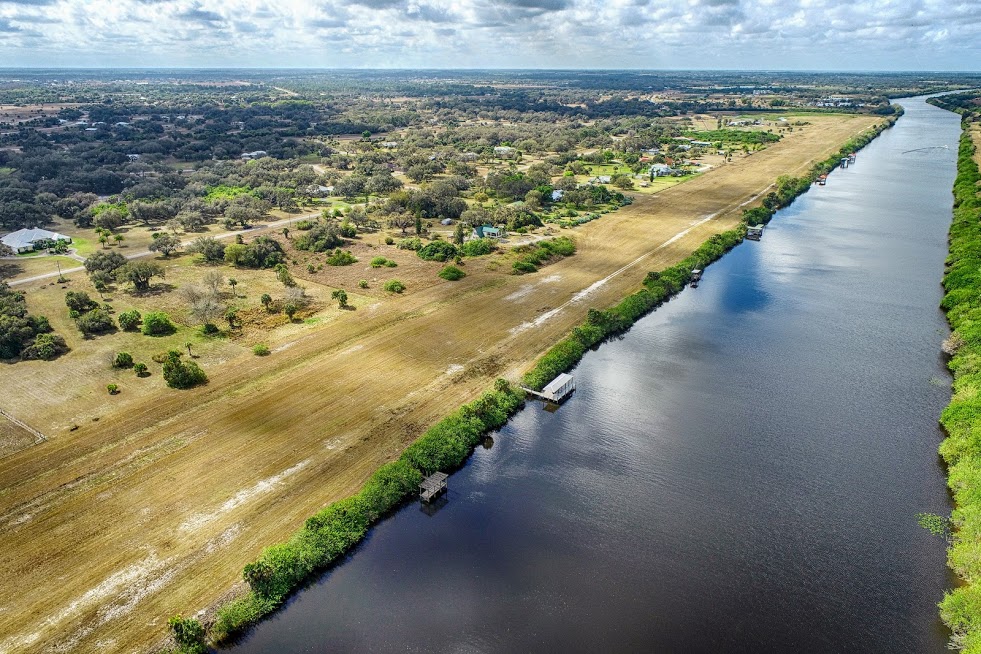
Drones are a great option for children who are looking for excitement and a new hobby. We'll be reviewing the Parrot Maclane as well as Tello EDU and S5C with smartphone controls. These options are ideal for anyone wanting to introduce drones into their lives. Which drone is the best? You'll find out in this article which one is the best. And don't forget to check out our Amazon wishlist as well!
Parrot Maclane
With so many different types of kids' drones on the market, it can be confusing to pick the best one for your little one. There are many options. We'll be discussing the advantages of drones to kids and helping you decide which one will work best for your child. It's great fun for all ages. Who wouldn't want to fly a drone with their friends?
Tello EDU
DJI Tello is an EDU drone that was designed specifically for children. It has a control pad that looks like a PlayStation, and a built-in HD camera with an impressive 100mm range. It can also be used with VR headsets, and features components from DJI. It can fly easily and can be programmed using the code it receives. There are many options, whether you're looking for a beginner drone model or an advanced one.

Parrot Maclane with camera
Parrot Maclane, with camera, is the perfect drone for your child. This drone has a camera on the rear and two LED lights in its fuselage. The drone can perform front and back flips as well 360 degree front flips. Your kid will love flying this mini drone, and it's easy to operate. You can even control it with your thumb.
S5C drones equipped with smartphone control
S5C drones for kids with smartphone controls have many great features that will make flying them a breeze. These drones are capable to hover at different heights. They can also record footage to the microSD. You can control your drone with your smartphone, or you can connect it directly to a TV and view the video. S5C drones are capable of flying up to 100 meters away from their receiver, with a control range of about 80 meters.
Parrot Maclane with blade guards
Parrot Maclane is safer than standard drones for kids. The drone is equipped with a flashlight, headlights, ultrasound, and a number of fun features. It can fly up to 65 feet and has a battery life of up to 25 minutes. It can also recharge using either the supplied USB cable or the separately available 2.4A charging adapter.

FAQ
Is it illegal to fly a drone?
Yes, flying drones in certain countries is illegal, such as Australia and Canada, Germany, Japan. New Zealand. Singapore. South Korea. It is legal in countries such as France, Italy Netherlands, Poland and Russia.
What is the law regarding drones flying over private property
New rules have been issued by the FAA for commercial drone flying. These rules apply to UAVs with a weight less than 55lbs and that fly at a height of below 400 feet from the ground. Commercial operators will need to register with FAA and get a license from agency. They also need permission from local authorities when operating near airports or other restricted areas.
Is it possible to fly a drone at high altitudes without a license?
The FAA doesn't limit how high you can fly your drone. The FAA does require you to register unmanned aircraft systems (UAS), which include the registration number of your model, weight and size, serial numbers, manufacturer's names, date manufactured and other information.
Is it possible to fly my drone in my backyard?
Yes! These are known as UAVs (unmanned air vehicles). There are many types of drones on the market today, including small quadcopters and large fixed-wing aircraft. The FAA recently updated its rules regarding commercial UAV use. You can now legally fly them to business purposes. However, be aware that flying a UAV near airports may cause interference with air traffic control systems, and you must obtain permission from local authorities before operating one.
Where Are Drones Banned?
The FAA has prohibited drones from flying close to airports or stadiums, sporting events and nuclear power plants. They are allowed to fly at night by using GPS technology.
Statistics
- According to industry research from ZipRecruiter , there are 10 cities where the typical salary for a Drone Pilot job is above the national average. (dronesgator.com)
- According to the multiple listing service (MLS), houses and apartments with drone photographs are up to 68 percent more likely to sell than those without pictures. (thedroneu.com)
- According to Indeed, a drone pilot gets paid $25.73 per hour on average in the US. (dronesgator.com)
External Links
How To
How do you clean your drone?
These are some tips to help you clean your drone. This guide will teach you how to extract every bit from your drone.
-
Be sure to have all the tools you need. Make sure that you have all the tools you need before you begin anything. You will need a soft toothbrush (or a brush) and a cleaning product (we recommend WD40).
-
Disconnect the battery pack. First thing first - remove the battery from the bottom of your drone. It's usually quite easy to find the battery under the propeller, so don't worry if you're unsure where it is. You should be careful to not lose any screws in the process of removing the propeller.
-
All parts must be removed. Next, carefully remove all the parts from under the drone. Be sure to secure all parts securely, or they could come off as you clean the drone.
-
Use a cleaning product. Now it is time to clean the drone. We recommend cleaning your drone with WD40. Spray the entire drone with the cleaner. Make sure to get between every component. Let it dry completely before you put everything back together.
-
Install the battery. Once you have cleaned the drone, make sure to put it back in its place. That way, you'll be able to test how well your drone works after being cleaned.